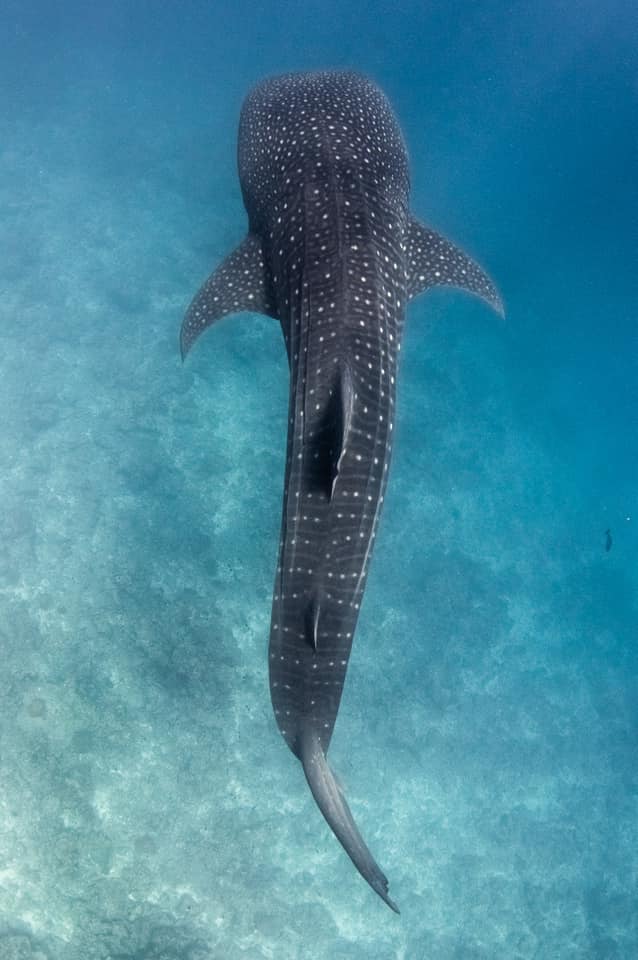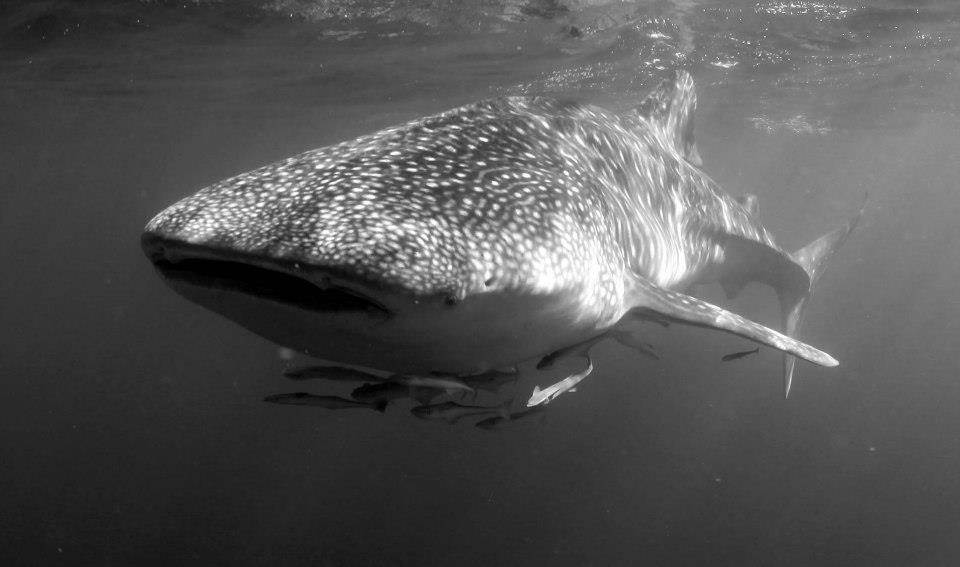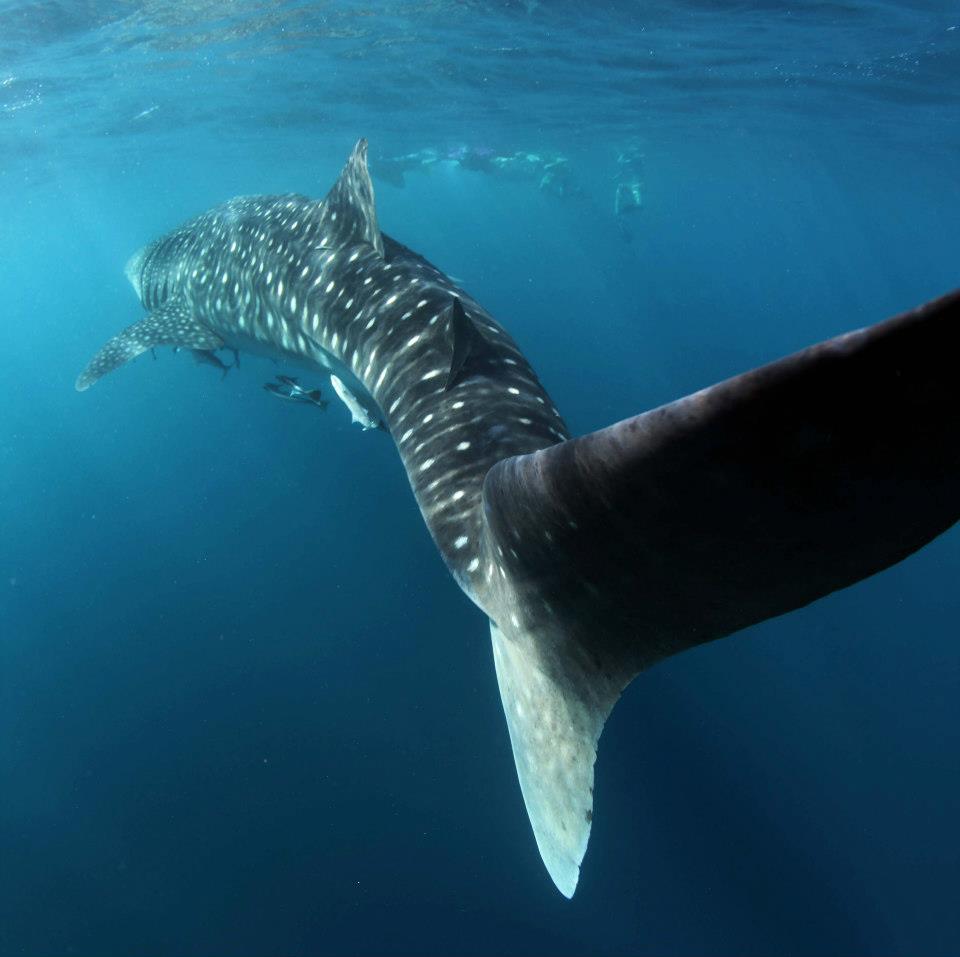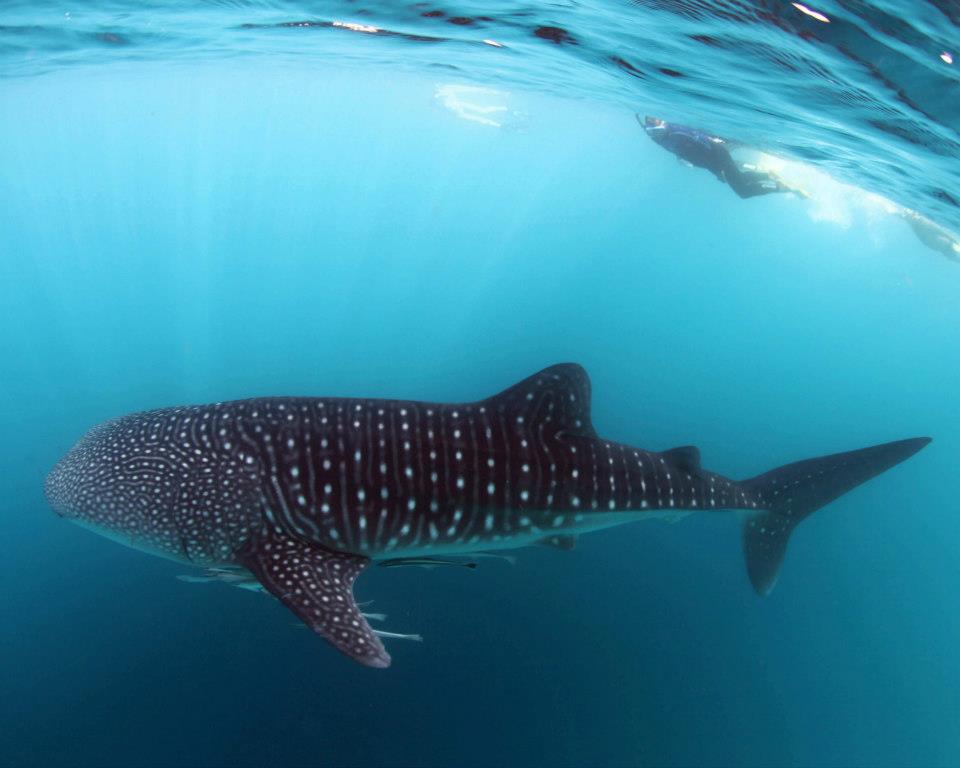Community
WHALE SHARK
A citizen science project working with a network of businesses, organisations and the general public to research and record Whale Shark sightings along the East Coast of Australia
Last sighting: 02/05/2021 Flat Rock, North Stradbroke Island
OUR MISSION
Whale Sharks typically migrate along the west coast of Australia, however over the last decade there have been increased sightings along the east coast. Our mission is to research and document evidence of Whale Shark sightings by creating an identification catalogue.
The majority of the east coast sightings have occured from Whale Sharks approaching boats. By involving the community through a citizen science based project, we aim to gather valuable information on their movements, as well as generate public awareness of this species and their ocean environment.
Your sightings and photo ID’s will assist us in achieving the following research objectives:
– Track individuals
– Monitor potential migrational patterns
– Find correlations between seasonal spawning and plankton blooms
– Obtain comparative data for the east and west coast populations
Photo Identification
Photo identification is a common practice utilized amongst many science based research projects, and is used to track individual species based on their unique body patterns. Photographs create a “natural tag” providing researchers with a data record of when and where the animal was sighted, allowing for movements and migrational patterns to be tracked.
Just like a human fingerprint, Whale Sharks have their own unique markings in the form of spots and stripes that are located around their gills and pectoral fins. Whale Sharks have a universal ID area seen in the image below.
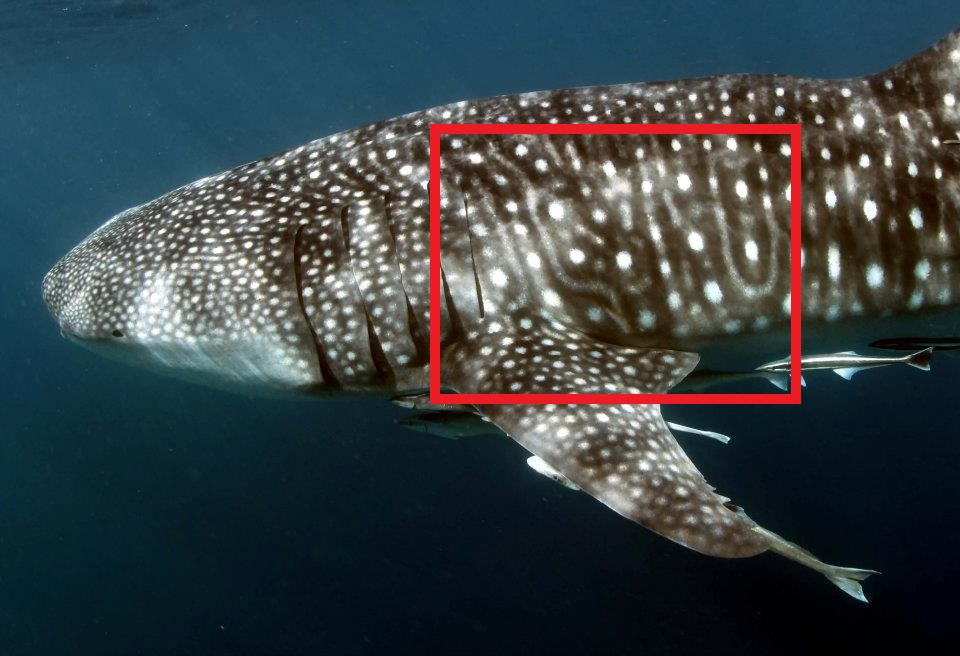
ID GUIDELINES
For us to successfully track an individual, the following ID guidelines are required
- The Whale Shark is to be photographed on the left hand side
- The image must show where the pectoral fin meets the body
- The entire 5th gill slit is to be in the picture
Photographing any injuries or scars, as well as underneath the shark to determine the sex are also helpful identification tools of an individual.
ID ETIQUETTE
Whale Sharks are placid and curious animals who have been known to approach boats, and interact with divers if they do not feel threatened.
We recommend giving the individual plenty of space, and wait for them to approach you.
Please don’t chase or block the path of a Whale Shark, and while you’re out there enjoy the rare and amazing encounter!
REPORT A SIGHTING
Whale Sharks are currently listed as endangered on the IUCN red list. By reporting a sighting you will be contributing to valuable Whale Shark research. Please send through as much information as possible via the sightings form below, and upload any images or videos.
– Date and time of sighting
– Location and possible coordinates
– Weather conditions
– Water temperature
– Behaviour

